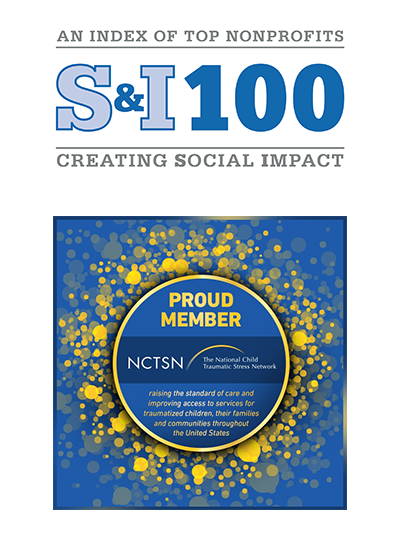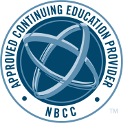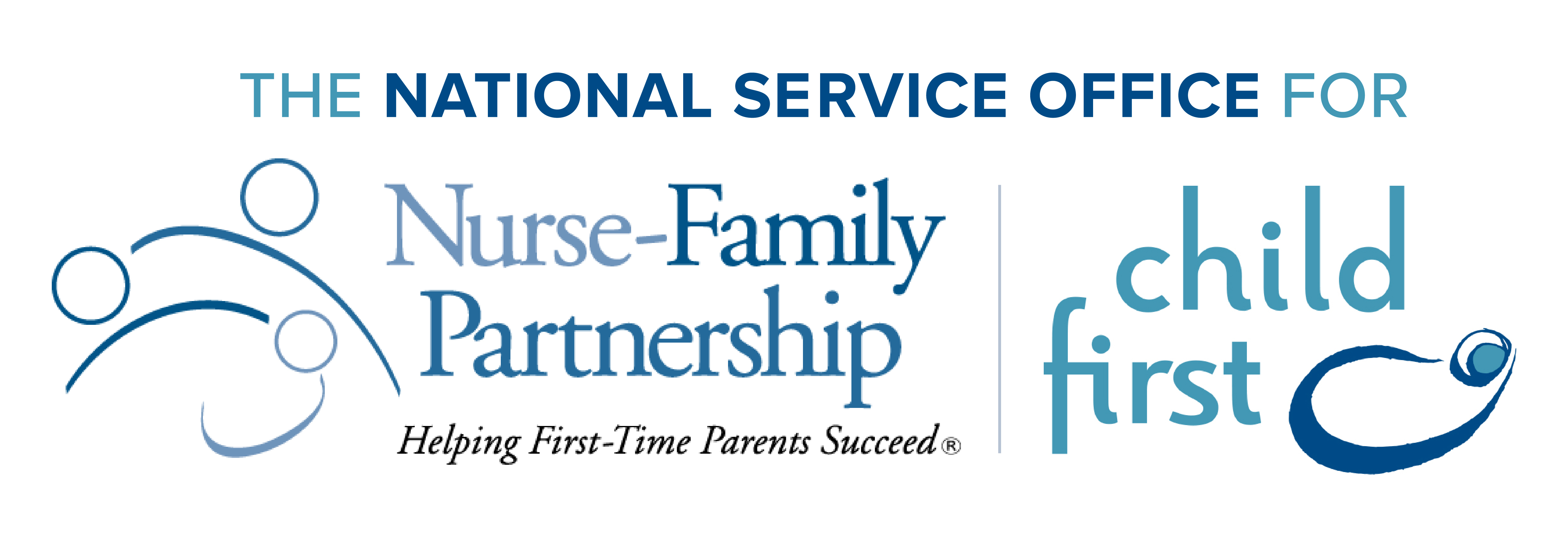Child First programs are embedded within the “early childhood system of care” of their local communities. The “system of care” approach is designed to provide comprehensive, well-integrated, family-driven services and supports for the child and all members of the family. This approach provides a continuum of integrated care that crosses multiple service sectors, in both the child and adult service systems, including mental health, health, early care and education, early intervention, parent support, and social and concrete services. This is accomplished through building of professional relationships and collaboration among local agencies. In accordance with system of care principles, services are individualized, comprehensive, coordinated, and driven by the strengths, needs, and culture of all family members. Assessment and services are integrated into environments frequented by children and parents and grounded in developmental knowledge.
The Child First program is implemented by a service provider agency to serve a specific geographic area. This affiliate agency must be an active collaborator and trusted member of the service community, working directly with the children, families, and other service providers. The Child First model is unique in its focus on the highest risk, most vulnerable children and families. Although the Child First affiliate agency is essential for implementation, for it to be effective, the community must have a sense of ownership and oversight of the Child First program. It is an approach that promotes the integration and coordination of discrete child and parent/caregiver services across all service sectors into a comprehensive system that “connects the dots” within the service community. This provides a continuum of care such that the type and intensity of services match the strengths and needs of each family.
This system of care is comprised of a broad collaboration of community-based, early childhood and adult service providers, parents, and other stakeholders who build collaborative relationships with a common set of goals and values. Providers include mental health, early care, early intervention, education, home visiting, health, child protection, family support, substance abuse, domestic violence, housing, and other social and concrete services for the child and other family members. These providers work together to provide a continuum of services and supports to meet the comprehensive needs of the children and families within that community. Therefore, Child First is best understood as a community initiative, most often filling a gap in the service continuum for the most vulnerable young children and families.
Child First is a community-based model which takes an ecological approach and operates on three levels:
- The health and development of the child
- The critical relationship between the primary caregiver or parent and the child, as well as important relationships with other caregivers
- The challenges (both internal and external) that interfere with the caregiver’s ability to nurture and support the child’s development
The community has “ownership” in the form of an early childhood community collaborative or Child First Community Advisory Board, while the affiliate agency is responsible for implementation. As such, there is only one Child First affiliate program within a given community or region, which collaborates with and serves all providers and families in that area.







